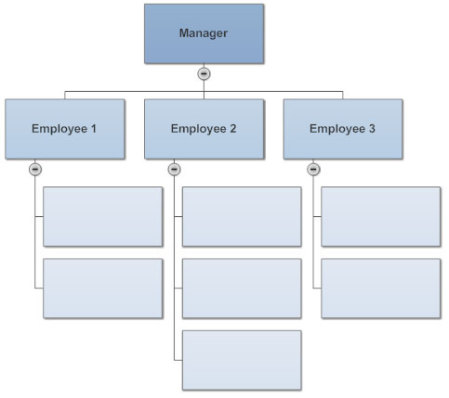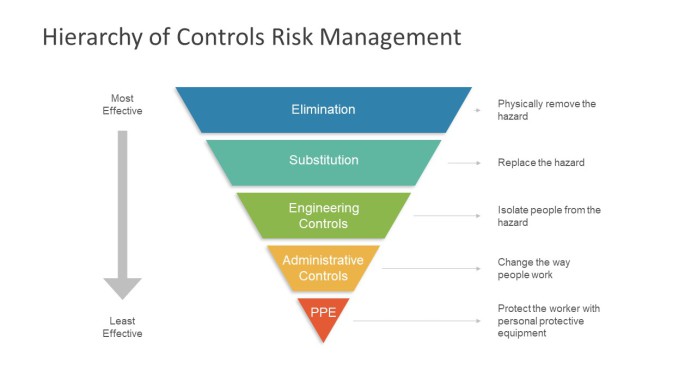
'Recognizing the need is the primary condition for design.'
Milton Glaser
Unit 1: Health and Safety - Legislation and regulations
Assignment 1: H&S legislation and regulations
- Explain the key features of relevent regulations on health and safety as applied to the working environment in two selected / given engineering organisations.
(Use the college workshops and/or your place of work as examples)
The video below covers H&S legislation in depth and gives a very good overview of the issues.
1) Use the content of this video to explain the main parts of the legislation.
Namely:
Section 3 found at 2:34
Section 7 found at 2:50
Section 37 found at 2:55
2)
List the 6 main pieces of H&S legislation. Explaining the key features of each and which each applies to. (review the prezi below re: six pack regulations)
3)
- Which of these regulations would you apply to the mechanical workshop in college or your workplace?
- Which of these regulations would you apply to the electronics lab in OV247?
- State any additional regulations that could apply in that envronment and why.
4)
Read over the above document and then list the responcibilities for H&S within the organisation.
Show thier responcibilities in an organisational chart.
4a)
Describe the roles and responcibilities for each of the groups of people identified in question 4. Explain what you responcibilities are for H&S in the workplace.
5) Using all of the information you have had to learn on this page and for this topic explain the consequences to a business or to individuals failing to carry out thier responcibilities
- Give at least two examples where proscicutions have been made, stating which pieces of legislation/regulation were breached.
- What penalties exist?
Q) 5 should be atleast 500 words.
Unit 1: Health and Safety - Hazards and Risk Assesment
1) Review the presentation and links below to research and find out about Hazard identification and risk management and then answer the questions / tasks set.
- Describe the methods used to identify hazards in the workplace / work environment. (define the term hazard)
- Describe how hazards which become risks once identified can be controlled. (list at least three methods)
- Draw and explain the 'Hazard Pryamid'
When making a risk assesment we use a matrix of Likleyhood - Risk an example of which is given below along with a link to further information. There are two main types of matrix used the first has a High / Medium / Low value rating and the second method uses a numerical value useually between 1 and 5.
- Define the term risk as applied to health and safety
- List the 5 steps of risk assesment and explain the 'Likelyhood' and 'Severity' matrix using a diagram.
- Explain how this helps in controlling risks
Windows program file [809.0 KB]
Unit 1: Health and Safety - Accident and incident reporting and recording (RIDDOR)
1) Review the presentation and links below to research and find out about RIDDOR which is the legislation that lays out our responcibilities in terms of reporting and recording accidents.
You must then:
- Explain the purpose of the act and state atleast 4 main reasons for it existing.
- Identify and explain the methods used to record and report accidents.
- Describe what and how the accident statistics generated from the reports of them can be used effectively.
- Describe how RIDDOR relates to other legislation you have looked at already.
Use the button link below to research types of incident and wether they need reporting.
- Describe in detail what type of accidents, dangerious occurances or near misses must be reported. (Give examples in each case)
- Describe and explain in detail who is covered by the legislation.
Determine the cost of an accident in the workplace
- Describe what types of cost are incured in the event of a serious accident in the workplace.
- State at least 8 areas of cost and justfiy why costs would be incurred in each case.
Download and use this to research costs to business of accidents at work
RIDDOR costs_tables1617.xlsx
Microsoft Excel sheet [337.4 KB]
Using the link and resources below to research the costs of injury in the UK and then complete the following;
- Give at least two examples of the costs of accidents to companies or businesses.
- Detail the costs involved and how they break down.
esau-costs-to-britain-supplementary.pdf
Adobe Acrobat document [428.6 KB]
Completing a risk assesment:
Using the file download links below:
- Complete a risk assesment that prepairs for the safe use and risk management of a machine in the engineering or electronics workshops.
As well as completing the risk assesment you must also make sure that you briefly describe on the sheets used how the control measures identified would reduce risk.
Risk Assessment Using a milling machine [...]
Microsoft Word document [26.7 KB]




